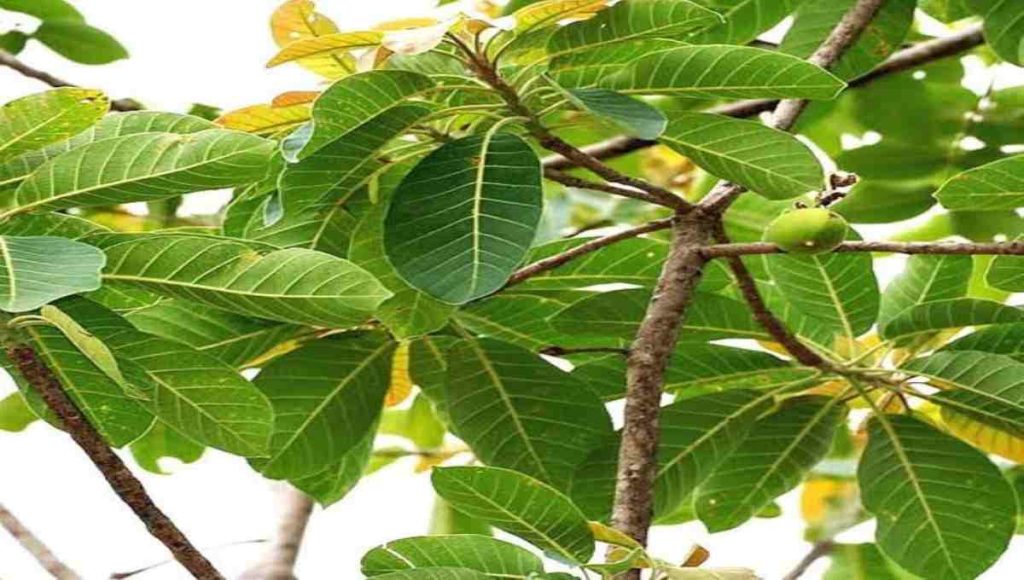
ശർക്കരയ്ക്ക് പകരം ഉപയോഗിച്ചിരുന്ന ഒരു ചെടി Butter tree traditional and scientifically supported health benefits
ഈ ചെടിയെ കുറിച്ച് അറിയാതെ പോകരുത് വളരെയധികം ഉപകാരപ്പെടുന്ന ഒരു ചെടിയാണ് ശർക്കരയ്ക്ക് പകരം നമ്മൾ ഉപയോഗിച്ചിരുന്ന ചെടിയെന്നു പറയുമ്പോൾ മധുരമുള്ള ഒരു ചെടി ഇങ്ങനെ ഒരു ചെടി ശരിക്കും ഒരു അത്ഭുതം തന്നെയല്ലേ നമ്മൾ ശർക്കര എന്തിനായിരിക്കും
ഉപയോഗിക്കാൻ നല്ല മധുരത്തിന് എന്തെങ്കിലും മധുരമുള്ള പലഹാരങ്ങൾ തയ്യാറാക്കുന്നതിനോ അല്ലെങ്കിൽ ശർക്കര ഉപയോഗിച്ച് മാത്രം ജീവിക്കുന്ന ആളുകളുമുണ്ട് പഞ്ചസാര പൂർണമായിട്ട് ഉപയോഗിക്കാതെ ജീവിക്കുന്ന ഒരു പക്ഷേ അവർക്ക് ഉപകാരപ്പെടുന്ന ഒരു ചെടിയാണ് ഈ കാണുന്നത് ഈ ഒരു ചെടി നിങ്ങൾക്ക് ഒരുപാട് അധിക ഉപകാരപ്പെടും

കാരണം ഈ ഒരു ചെടിയെക്കുറിച്ച് ഒത്തിരി അധികം കാര്യങ്ങൾ ഈ വീഡിയോയിൽ പറയുന്നത് ഈ വീഡിയോ നിങ്ങൾക്ക് തീർച്ചയായിട്ടും ഉപകാരപ്പെടും വീഡിയോ കാണുന്ന പോലെ ഈ ചെടി നമുക്ക് വളർത്തേണ്ട രീതിയും അതുപോലെ ഇതിന്റെ ഗുണങ്ങളും ഒക്കെ ഇതിൽ പറയുന്നുണ്ട്. വീഡിയോ ഇഷ്ടമായാൽ ചാനൽ സബ്സ്ക്രൈബ് ചെയ്യാനും ലൈക് ചെയ്യാനും ഷെയർ ചെയ്യാനും മറക്കരുത്.
Key Medicinal Uses & Health Benefits
- Skin healing & anti‑inflammatory
The seed butter (Mowrah butter) is a powerful emollient used for dry skin, eczema, wounds, burns, and psoriasis—its fatty acids deeply nourish and reduce inflammation - Analgesic & anti‑inflammatory effects
Bark extracts, seed saponins, and flower extracts show pain relief and reduced swelling comparable to standard anti‑inflammatory drugs in animal studies - Respiratory support
Flowers and bark serve as demulcents/expectorants, easing coughs, bronchitis, and asthma by loosening mucus - Digestive & hepatoprotective benefit
Bark decoctions aid in treating diarrhea, dysentery, and ulcers; flower extracts protect the liver in toxin-induced models - Antioxidant & antimicrobial
Rich in flavonoids, saponins, tannins, and phenolics, the plant offers antioxidant defense, against microbial infections, and supports wound repair - Metabolic & cardiovascular effects
Demonstrated anti‑diabetic effects, improved insulin sensitivity, and may help lower blood pressure & cholesterol - Reproductive & lactation support
Traditionally used to treat orchitis and stimulate milk production—flowers and seeds act as galactagogues - Broad traditional applications
Treatment of worm infestations, rheumatism, piles, ulcers, skin disorders, snake bites, bleeding gums, and even tuberculosis
🧪 Bioactive Constituents
Contains triterpenoids (amyrins, oleanolic acids), flavonoids (quercetin, kaempferol), saponins, tannins, phenolics, fatty acids (oleic, linoleic, stearic) along with vitamins A & C in flowers
🌱 Traditional ↔ Modern Use Summary
| Health Area | Parts Used | Use |
|---|---|---|
| Skin & Wounds | Seed butter, bark paste | Moisturizing, anti‑inflammatory |
| Pain & Inflammation | Bark, seeds, flowers | Analgesic, arthritis relief |
| Respiratory Health | Flowers, bark | Bronchitis, cough relief |
| Digestive & Liver Health | Bark, flowers | Anti‑ulcer, laxative, hepatoprotection |
| Metabolic Disorders | Bark, leaves, extracts | Anti‑diabetic, hypotensive |
| Reproductive Support | Flowers, seeds, leaves | Lactation, orchitis |
| Antimicrobial Power | Whole plant extracts | Antibacterial, wound healing |
✅ Usage & Safety
- Common preparations: Oil or butter for topical use; decoctions or teas of bark, flowers, roots; oil massages for joints; seed oil as laxative.
- Dosing: Traditional regimens include 10–20 ml flower juice, 50–75 ml bark decoction; seed oil applied topically or taken as laxative
- Precautions: Though widely used in Ayurveda with a generally safe profile, it may interact with blood sugar or blood pressure medications. Always consult a healthcare provider.
🧩 Final Thoughts
The butter tree is a remarkably versatile medicinal plant. Thanks to its rich nutrient and phytochemical profile, it offers targeted benefits across dermatological, musculoskeletal, respiratory, metabolic, and reproductive health domains.
If you’d like, I can help you with homemade preparation methods, dosage guidance for a specific concern, or info on sourcing quality Mowrah butter or extracts.
